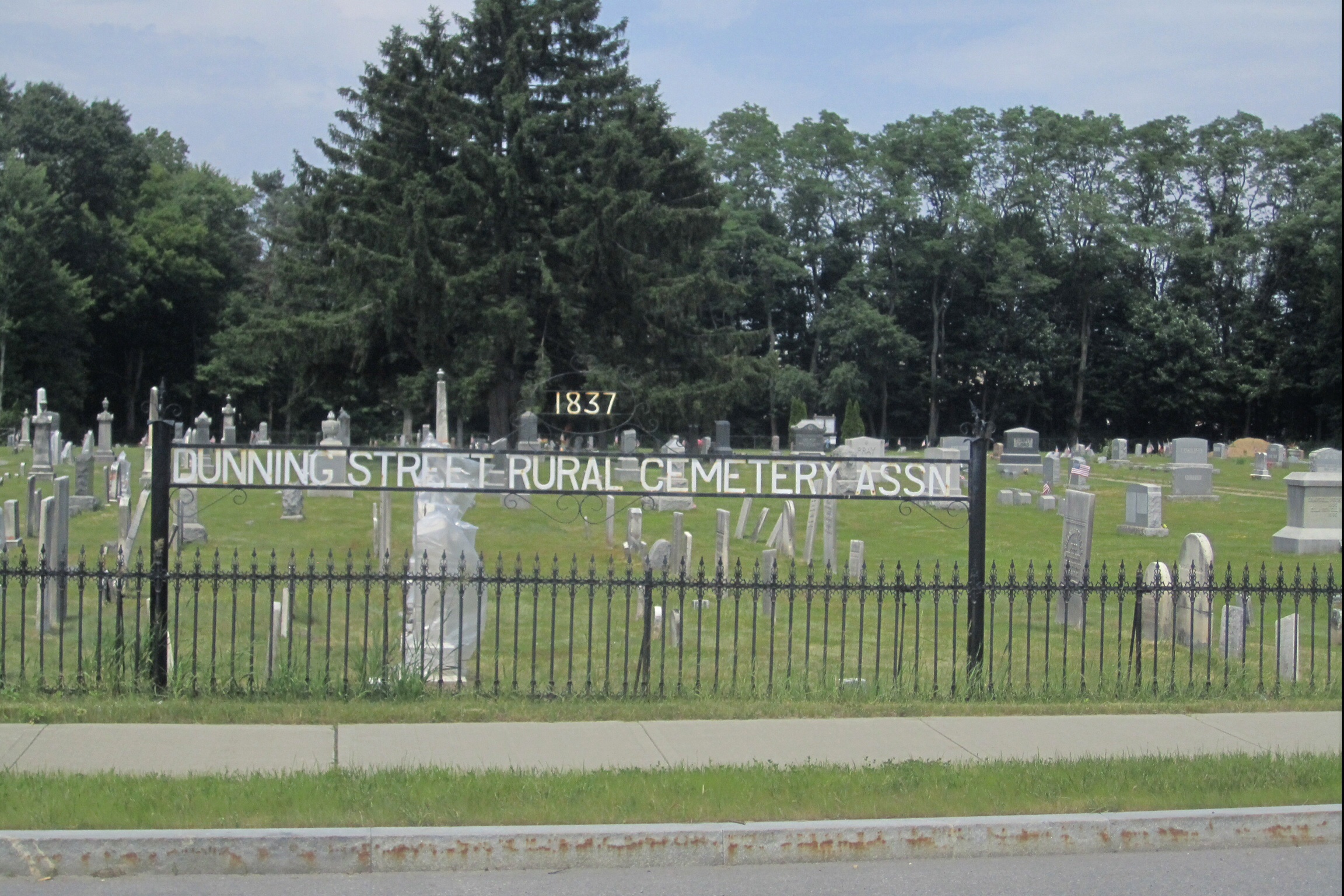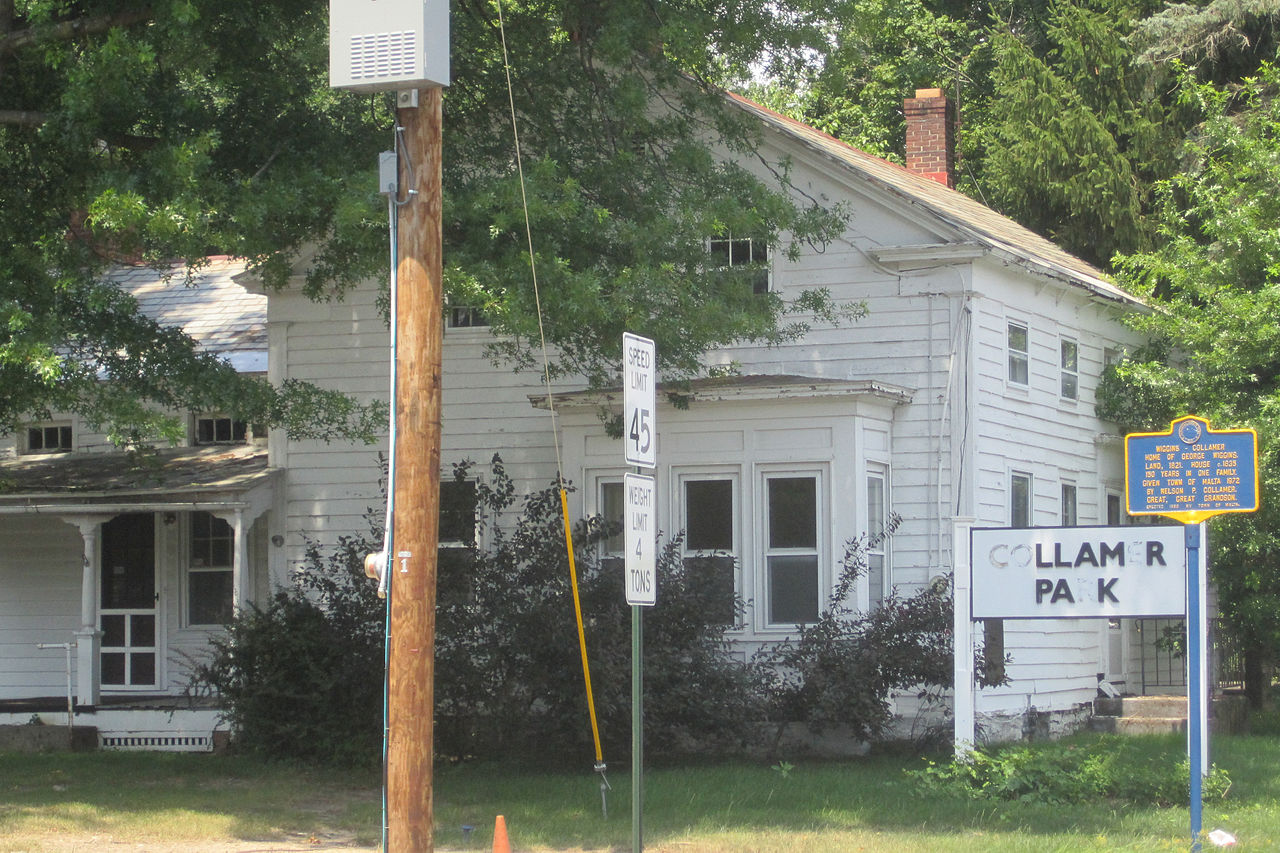Tradition says a certain Drummond and McKelpin, Loyalists, were very early settlers, but left as the Revolutionary War came closer to the area.[3] The earliest documented settlement occurred around 1771, with many of the settlers migrating from Connecticut. According to various sources, Michael Dunning may have been the first,[4] while others included John Rhodes, Jeheil Parks, Samuel Clark, Luther Landon, Dean Chase, Ebenezer Valentine, Ebenezer Dibble, Ebenezer Millard, Obadiah Tompkins, Reuben Doolittle, Cornelius Abeel, Stephen Ireland, Robert Hemple, and William Marvin.[3]
The town, originally called Dunning Street, was formed in 1802 from part of the Town of Stillwater. More territory was gained from the Town of Saratoga
in 1805. The name "Malta" is said to derive from a malt brewery in the area that was formerly called "Malt-ville" and is now Maltaville.[5]:p.382
The village of Round Lake was founded in 1868 as "the Round Lake Camp Meeting of the Methodist Episcopical Church." Attendance the first year was 8000.[6] In 1869 permanent cottages began to be built, replacing the original tents. In 1969, the community of Round Lake became an incorporated village within the town.
The Dunning Street Cemetery[1], Ruhle Road Lenticular Metal Truss Bridge[2], and Wiggins-Collamer House[3] are listed on the National Register of Historic Places.[7][8] -Also from Wikipedia
-
Dunning Street Cemetery in Malta

Dunning Street Cemetery is a historic rural cemetery located at Malta, Saratoga County, New York. The cemetery was established about 1775, and incorporated by the Dunning Street Cemetery Association in 1908. It is the final resting place of many important early Malta residents, including veterans of American Revolutionary War and includes a number of notable examples of 19th century local funerary art. It remains an active burial ground.[2]
-
Ruhle Road Lenticular Metal Truss Bridge

Ruhle Road Lenticular Metal Truss Bridge is a historic Lenticular truss bridge located in Malta, Saratoga County, New York. It was constructed in 1888 by the Berlin Iron Bridge Company of East Berlin, Connecticut,[2] and originally spanned the Black Creek in Salem, Washington County, New York.
-
The Wiggins-Collamer House

Wiggins-Collamer House is a historic home, built about 1835 and is 1 1⁄2-story, five-by-two-bay, timber framed residence. It has a rectangular main block and 1-story rear wing. It represents a transitional Federal / Greek Revival period residence.[2]
It was added to the National Register of Historic Places in 2007.[1]
As of December 2014, it has been restored and is the home of Collamer House Bike and Ski.


